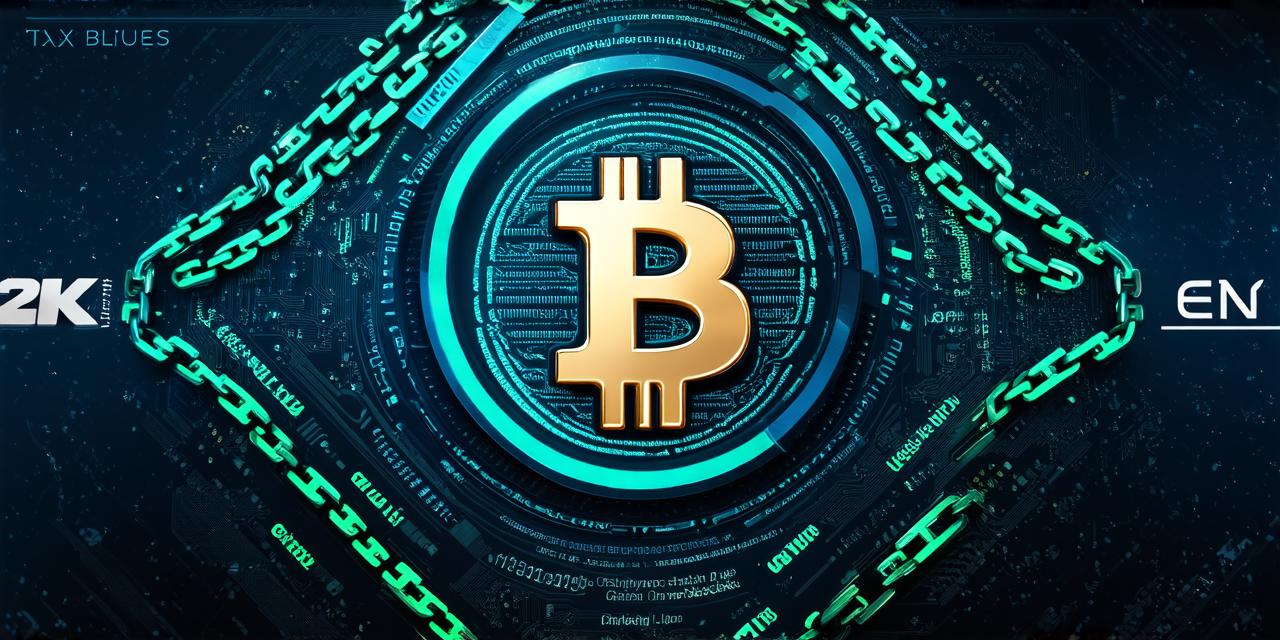Blockchain technology is the backbone of cryptocurrencies like Bitcoin, Ethereum, and others. It’s an innovative solution that enables secure and transparent transactions without relying on intermediaries. In this guide, we will delve into the basics of blockchain, its features, and how it works.
What is Blockchain?
Blockchain is a decentralized digital ledger that records transactions across multiple computers in a secure and transparent manner. It was first introduced with Bitcoin in 2008 and has since become a crucial component of the cryptocurrency industry.
The main features of blockchain are:
-
Decentralization: Blockchain is decentralized, meaning it operates without a central authority or intermediary. This makes transactions faster, cheaper, and more secure.
-
Transparency: All transactions on the blockchain are publicly visible and verifiable, making it easy to track the flow of funds and prevent fraud.
-
Immutability: Once a transaction is recorded on the blockchain, it cannot be altered or deleted. This ensures the integrity and security of the ledger.
-
Security: Blockchain uses cryptography to secure transactions and prevent unauthorized access.
-
Openness: The source code of the blockchain protocol is open for anyone to view and modify, making it a community-driven technology.
How does Blockchain work?
The blockchain network consists of a series of blocks that contain transaction data. Each block is linked to the previous one using cryptographic algorithms, creating an immutable chain of blocks. Here’s how it works:
-
Transactions: When a user wants to send funds to another user, the transaction details are broadcast to the network and verified by nodes (computers in the network).
-
Mining: Nodes compete to solve complex mathematical problems to validate transactions and add new blocks to the chain. The first node to solve the problem earns new coins as a reward.
-
Blockchain: Once a block is added to the chain, it becomes part of the permanent ledger and cannot be altered or deleted.
Real-life examples of Blockchain in action
Blockchain technology has numerous applications beyond cryptocurrencies. Here are some real-life examples:
-
Supply Chain Management: Blockchain can be used to track products from the point of origin to their final destination, ensuring transparency and preventing fraud.
-
Voting Systems: Blockchain can be used to create secure and transparent voting systems, making it easier for people to vote and for election officials to verify results.
-
Identity Management: Blockchain can be used to create secure and decentralized identity management systems, reducing the need for intermediaries like banks and governments.
-
Healthcare: Blockchain can be used to store patient data securely and transparently, improving privacy and preventing fraud.
-
Energy: Blockchain can be used to track energy production and consumption, creating a more efficient and sustainable energy system.
Blockchain vs. Traditional Systems
Traditional systems rely on intermediaries like banks and governments to manage transactions, which can be slow, expensive, and prone to fraud. Blockchain, on the other hand, operates without intermediaries, making transactions faster, cheaper, and more secure.
Furthermore, traditional systems are centralized, meaning they operate under the control of a single authority or intermediary. This can lead to censorship, corruption, and lack of transparency. Blockchain, on the other hand, is decentralized, making it resistant to censorship and providing greater transparency.
FAQs
Q: What is the difference between public and private blockchains?
A: Public blockchains are open for anyone to join and participate in, while private blockchains are restricted to a specific group of participants.
Q: How secure is Blockchain?
A: Blockchain is very secure due to its use of cryptography and decentralization. However, no system is completely secure, and there have been instances of hacking and fraud in the past.
Q: Can I invest in Blockchain?

A: Yes, you can invest in blockchain through various means like buying cryptocurrencies, investing in blockchain-based startups, or participating in initial coin offerings (ICOs).
Q: What are the challenges of implementing Blockchain?
A: The main challenges of implementing blockchain are scalability, interoperability, and regulatory hurdles. However, these challenges are being addressed by ongoing research and development in the field.
